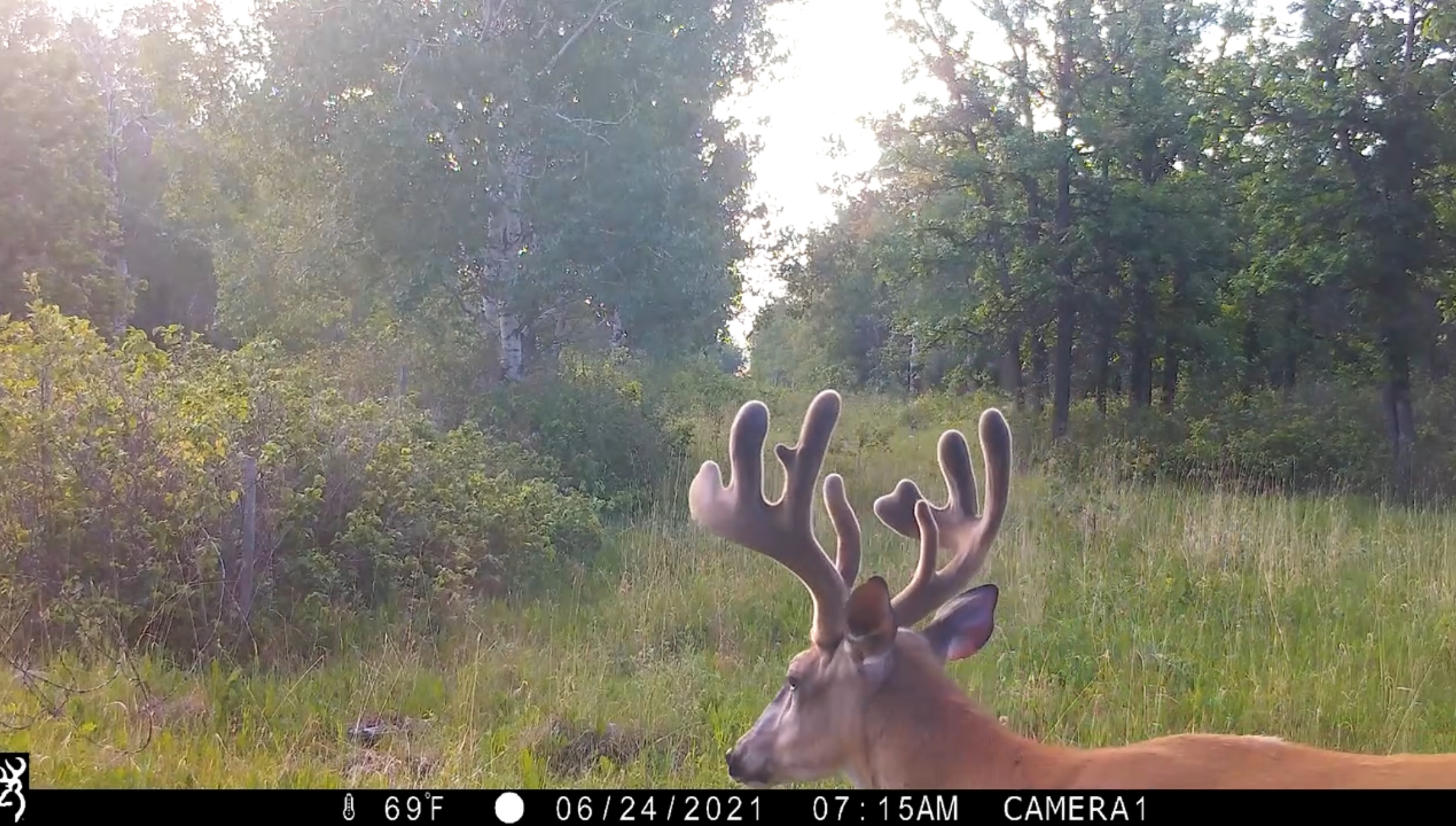Top 5 Trail Camera Tips for Summer Whitetail Scouting in Manitoba
Whitetail Season is Fast Approaching,
In this blog we are going to cover my top 5 tips when it comes to using trail cameras for summer whitetail scouting.
Countdown to Whitetail Opener
Spring has flown by, summer is here, and Manitoba’s archery whitetail opener on August 25th is now just around the corner. The whitetail does have dropped their fawns and are becoming increasingly active. Velvet antlers are well underway, and bachelor groups of whitetail bucks are starting to emerge in agricultural fields as they grow in the summer heat. With trail cameras rolling and bucks easing into consistent summer patterns, now is the perfect time to dial in your whitetail scouting strategy and gather valuable intel before the season kicks off.

Prime Conditions for a Promising Season
For much of this spring, Manitoba experienced very dry conditions. This gave farmers the opportunity to get all their crops in early and cross their fingers for rain. Fortunately, that rain has now arrived across much of the province, and the crops are beginning to fill out and thrive. This will create plentiful food sources for Manitoba whitetails to bulk up in preparation for another winter. In my scouting efforts so far this year, whitetail numbers seem to be doing quite well, thanks in large part to a fairly mild winter across southern Manitoba last year. Based on what I’ve seen so far, and following last year’s strong representation of every age class, the stage is set for what could be a really exciting whitetail season in just a couple of short months.

Trail Camera Scouting for Archery Whitetail
As we enter this time of year, whitetails begin settling into very predictable routines—often sticking to the same food source each day. During this phase, it’s crucial to minimize your presence and pressure on the property. That’s where trail cameras become an invaluable tool. Below are my top five trail camera tips to help you stay a step ahead in your whitetail scouting this summer.
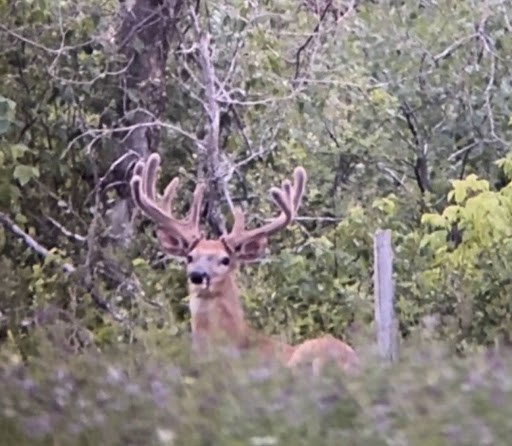
1. Using Trail Cameras for Summer Scouting
When it comes to scouting, once I’ve located a buck I’m interested in targeting, my number one scouting tool quickly becomes trail cameras. When a bachelor herd of whitetails selects its summer feeding grounds, the decision is driven by a few key factors: the quality of available feed, proximity to water, and nearby bedding cover. Once these food sources are selected, and as long as they remain undisturbed, deer will typically stick to them for the majority of the summer, bedding close by during the day and returning to feed at consistent times.

Whitetails are crepuscular animals, meaning they’re most active during the low-light hours of dawn and dusk. While they may feed throughout the night depending on conditions, they are generally less active during the middle of the day and will often bed down in nearby cover. Understanding this pattern—focused feeding during twilight and nighttime, rest during the day—can be key in pinpointing where and when to place your cameras for the best intel.

Another major reason whitetails choose a particular feeding location is safety. This includes how close they are to shelter for a quick retreat if needed. If there’s a road near a field, bucks will often feed as far from it as possible to minimize disturbance. Safety is crucial for mature whitetails—and it’s something we can control. Minimizing pressure and maintaining their sense of safety can go a long way in keeping them on a reliable pattern as the season nears.
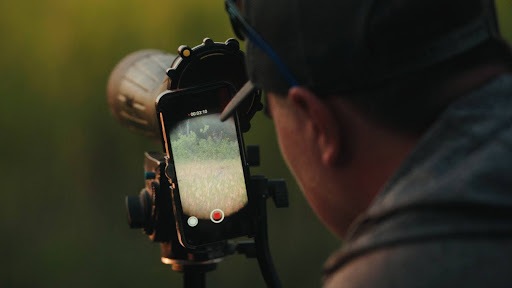
Setting trail cameras on food sources reduces human intrusion. Still, it's essential to be calculated when entering the property. Before stepping foot on the land, I spend time e-scouting with satellite imagery to identify probable bedding areas around the food source.
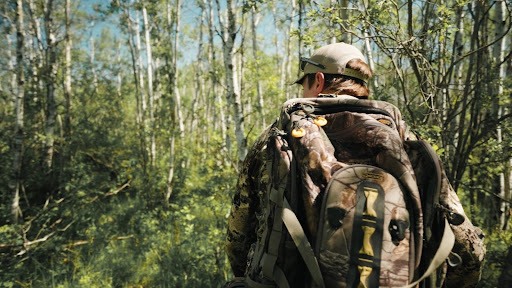
Once identified, I wait for a favourable wind direction to prevent my scent from drifting into these areas. I’ll then enter mid-day to set the cameras—minimizing the chances of bumping deer. Checking cameras should follow the same principles: go in as little as possible and at the right time with the wind in your favour.
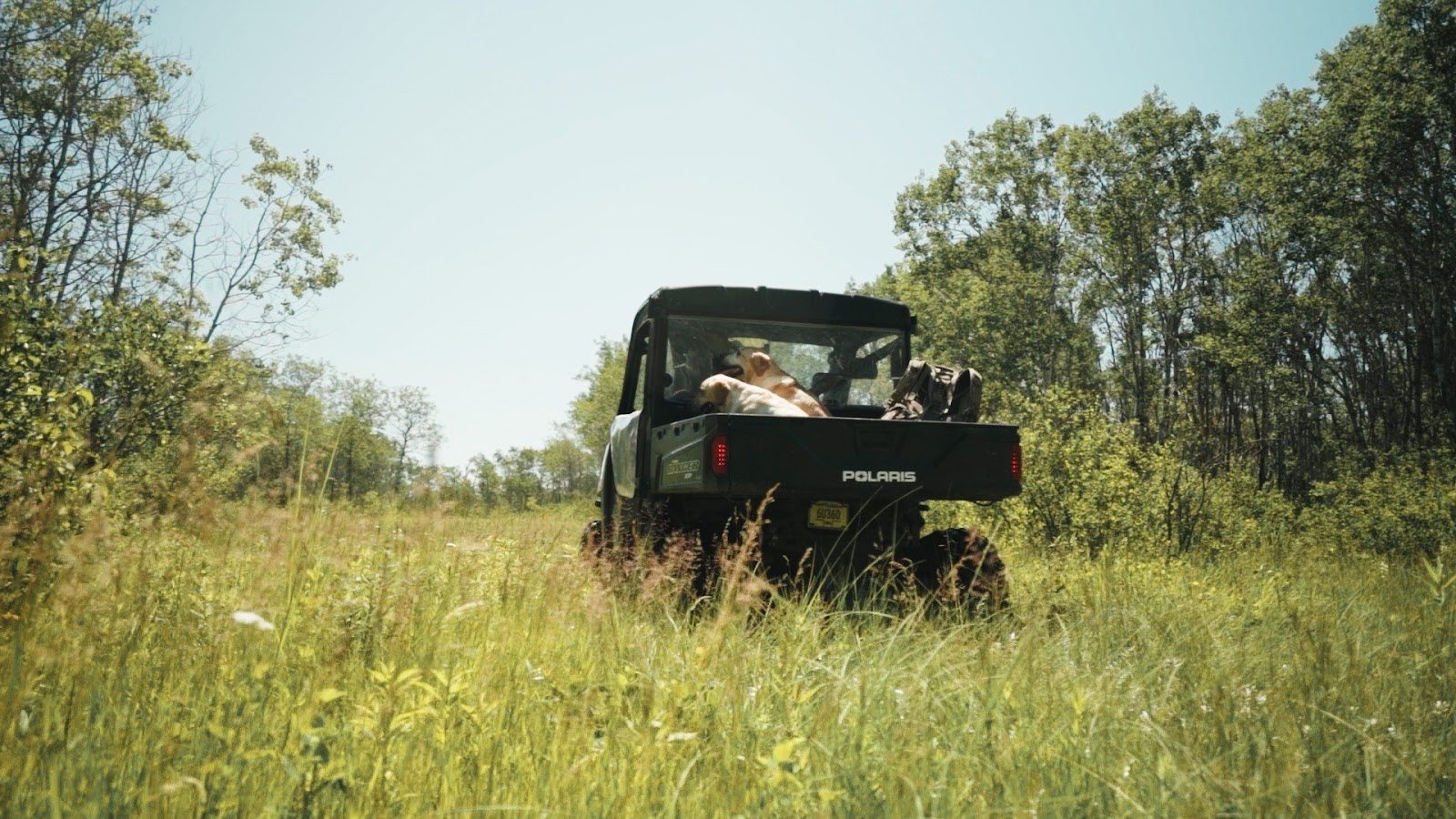
2. Choosing the Right Trail Camera
With so many makes and models available today, deciding on a trail camera can be overwhelming. The good news is that most cameras on the market now do the basic job of capturing motion-triggered images very well. Where you’ll notice differences is in the quality of the image or video and additional features.
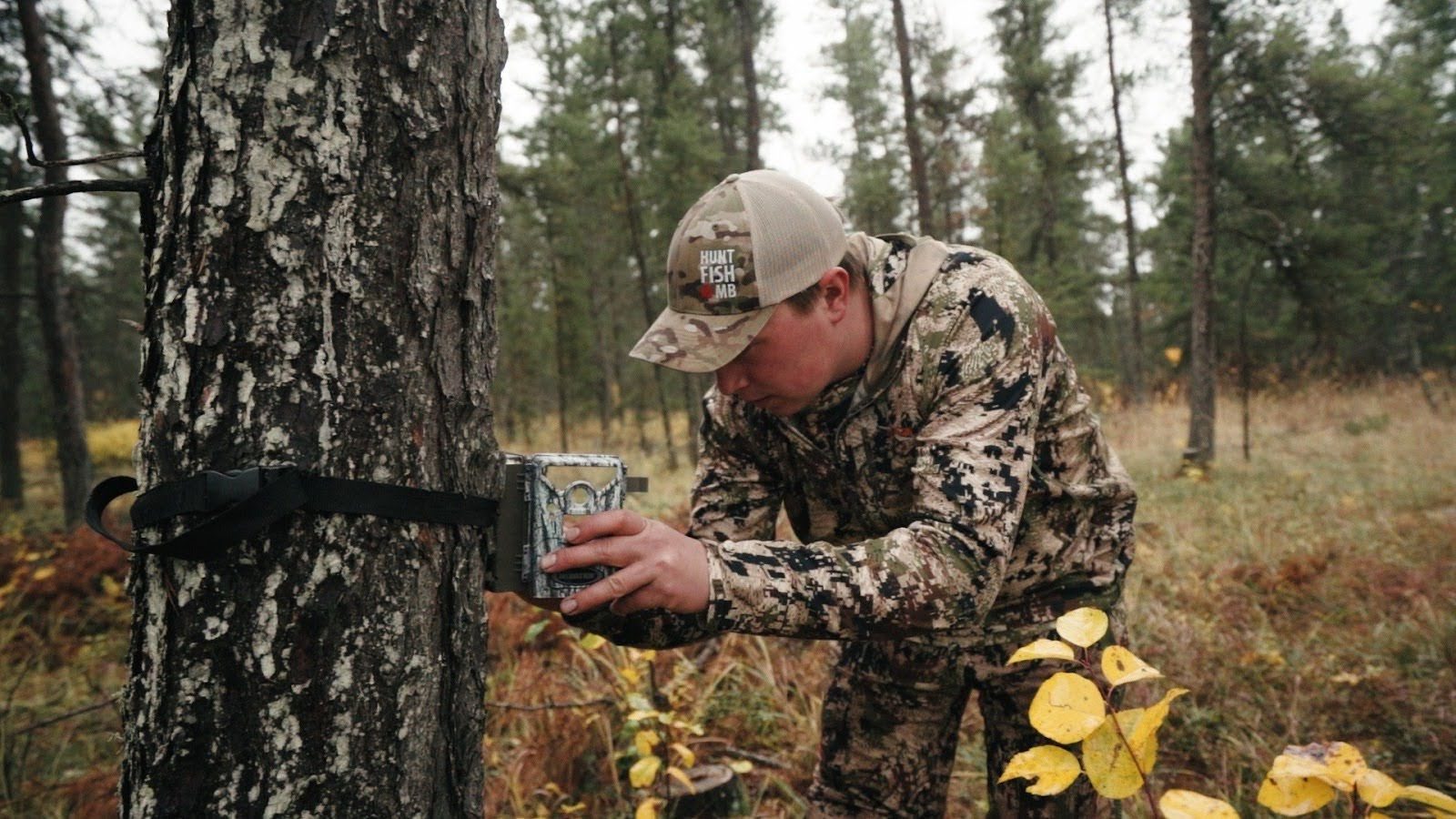
Traditional Trail Cameras
When it comes to choosing a trail camera, one of my all-time favourites is Browning. Their Recon Force and Spec Ops models stand out for their outstanding image and video quality—crisp, detailed, and reliable in all lighting conditions. I’ve also had success with some of Browning’s more budget-friendly options, as well as other reputable brands like SpyPoint and Stealth Cam. If image quality isn’t your top priority, these more affordable models still get the job done and are great tools for preseason scouting without breaking the bank.
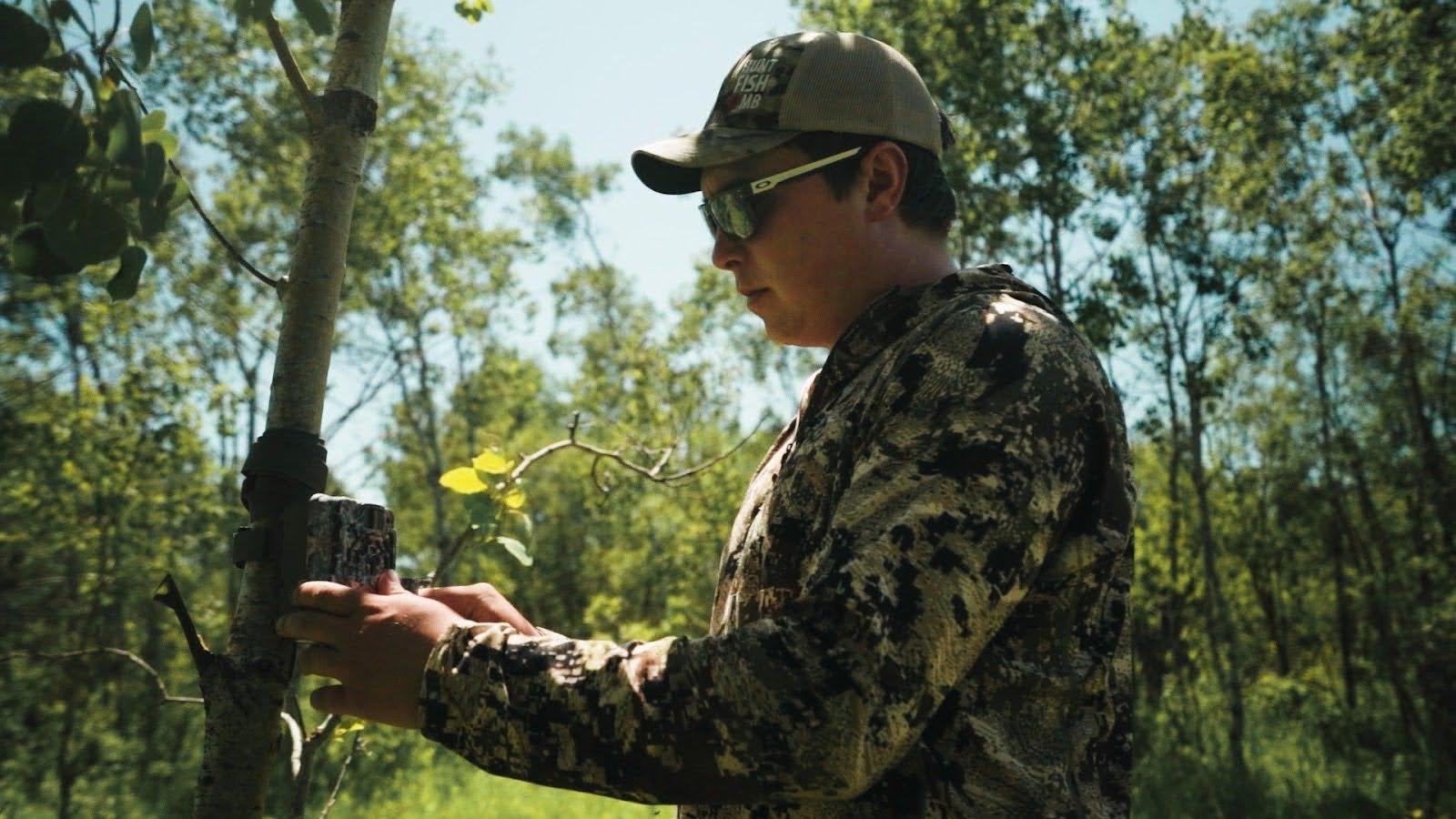
Another route I’ve explored is purchasing trail cameras from online retailers like Amazon. You can often find cameras at very low price points that actually perform surprisingly well given the cost. However, in my experience, these models don’t last as long as higher-end cameras. If one of these makes it through a couple of scouting seasons, I consider that a win. I typically use these lower-end units in areas that are less proven to me or where I’ve had issues with bears messing with cameras—reserving my higher-quality models for more reliable, high-traffic locations.

Cellular Trail Cameras:
When it comes to the modern wave of trail cameras, it would be a huge miss not to mention cellular trail cameras. I’ve jumped in with both feet testing cell cams and have really come to love the Tactacam Reveal lineup. These cameras have consistently performed well—even in areas where I never expected them to have signal. One of the biggest advantages? You can set them up once and completely eliminate your foot traffic in the area, leaving it undisturbed.
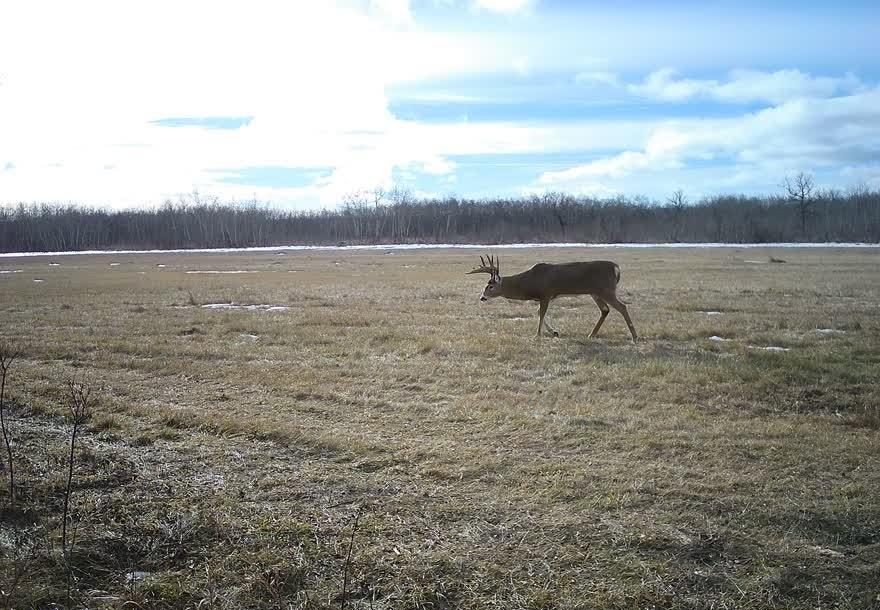
It’s important to note, though, that while many cell cams come with attractive price points, they do require a subscription plan—so be sure to factor that into your budget. These plans vary depending on how often you want the camera to send photos through the app. Personally, I prefer real-time image delivery, but that mode can really chew through batteries. To combat this, I’ve paired my Tactacam Reveals with their branded solar panels, which keeps the cameras running and saves the cost of constant battery changes. Alternatively, you can set your camera to check in once a day to help preserve battery life for longer stretches.
3. Where to Set Up Trail Cameras
Once you’ve located the deer and assessed your property, it’s time to set your cameras. I rely heavily on e-scouting tools like the iHunter App. Satellite imagery helps me identify bedding areas, corridors, and entry routes to and from food sources. I mark potential camera locations and investigate them in person.

To begin, I like to set up cameras along the field edge. This gives insight into when deer are entering the field and how they navigate it. As patterns become more apparent, I move cameras to travel corridors and trails leading to the field. If deer aren't appearing until after dark, you might consider moving a camera closer to the bedding area to learn where they spend their daylight hours. Always minimize intrusion when doing this.
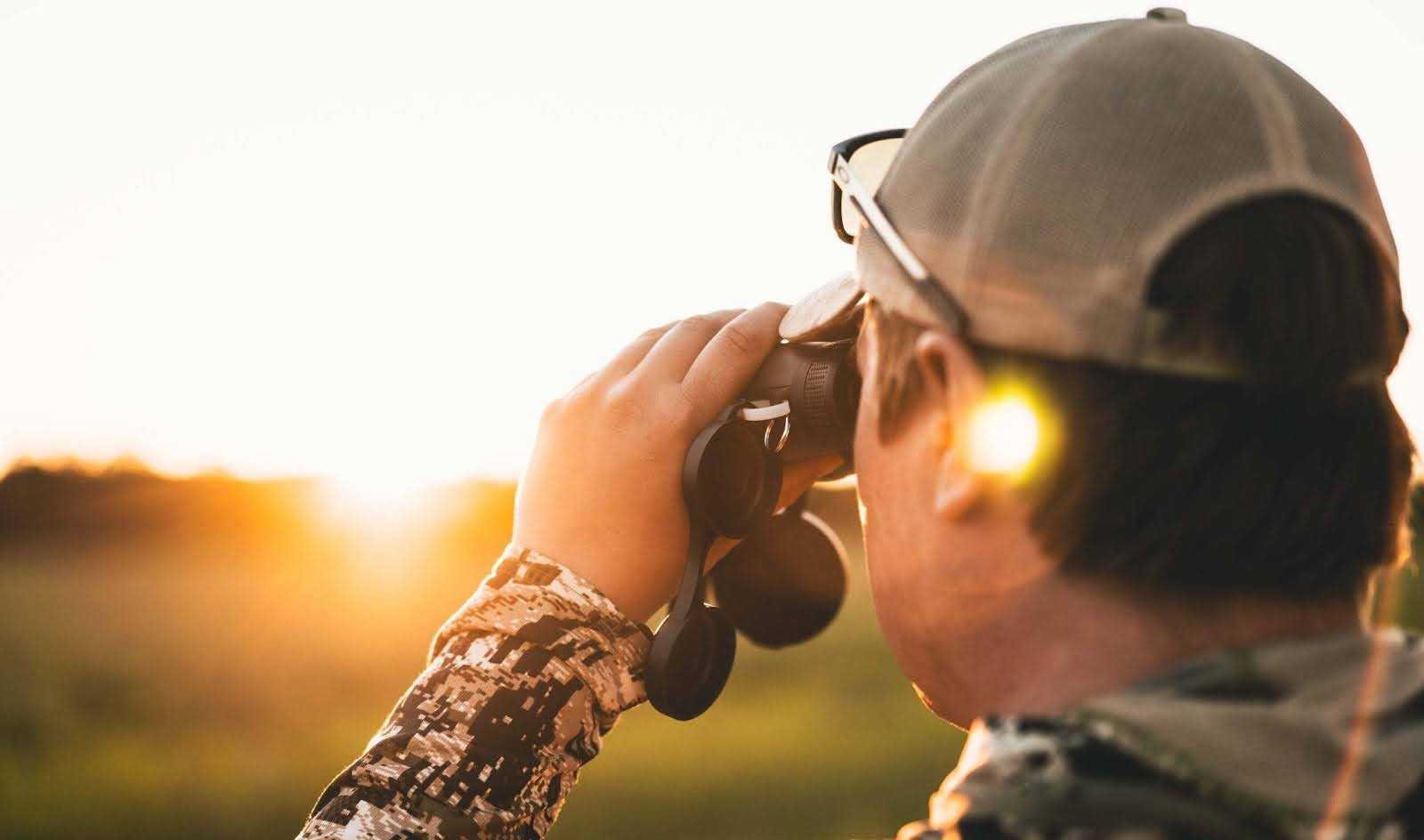
Be mindful of the sun’s path when placing cameras. I typically face them north to avoid sun glare in images. When placing a camera on a trail, aim it down the trail—not across—to give the sensor more time to trigger and capture full images of the deer. The same applies to field edges; set the camera to follow the edge rather than pointing directly into the field.
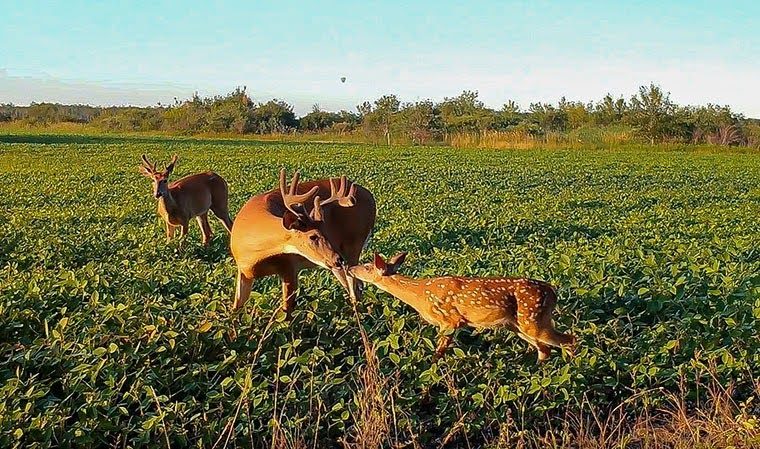
4. Photo vs. Video Mode
Over the years, I’ve shifted almost entirely to running video mode on my trail cameras. Videos tell a richer story—capturing movement patterns, direction, and interaction with the landscape. I’ve had moments where a deer was spotted in the distant background of a video, leading me to set a new camera and ultimately find my target buck’s bedding area.
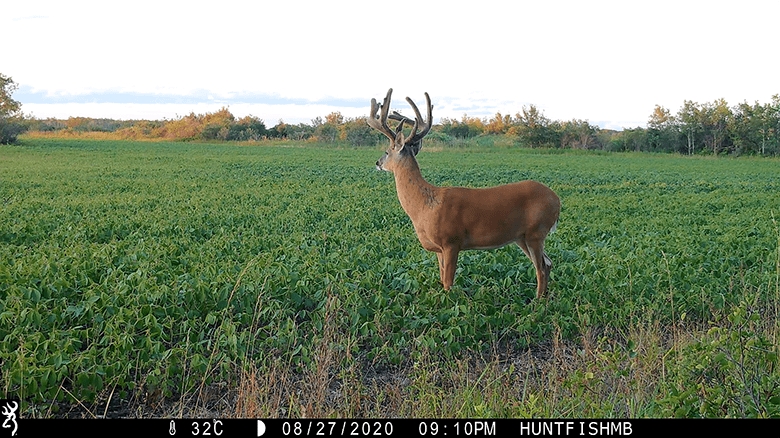
Video also helps identify bucks from all angles and gives valuable insight on where they’re coming from and going to. However, video mode does require more memory and burns through batteries faster. To make it work, I use cards with 32-64GB of storage and set videos to 20–30 seconds with a one-minute delay. Lithium batteries and solar panels also help keep cameras running longer in the field. I also back up the footage to an external hard drive to save space on my computer.
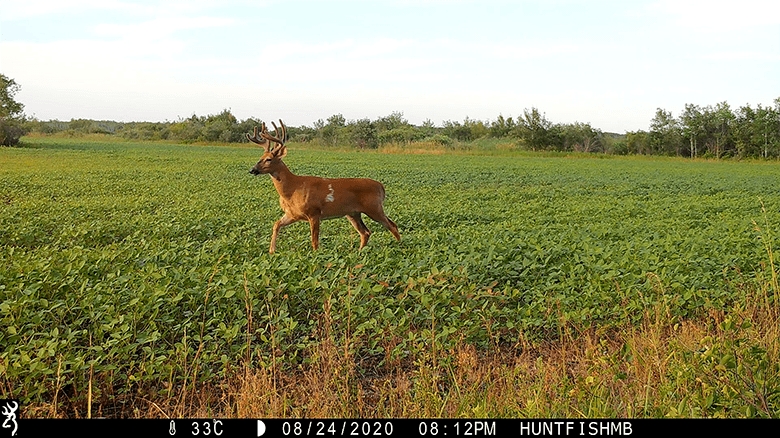
The intel from video mode is unmatched and can provide the edge you need when it’s time to make your move.
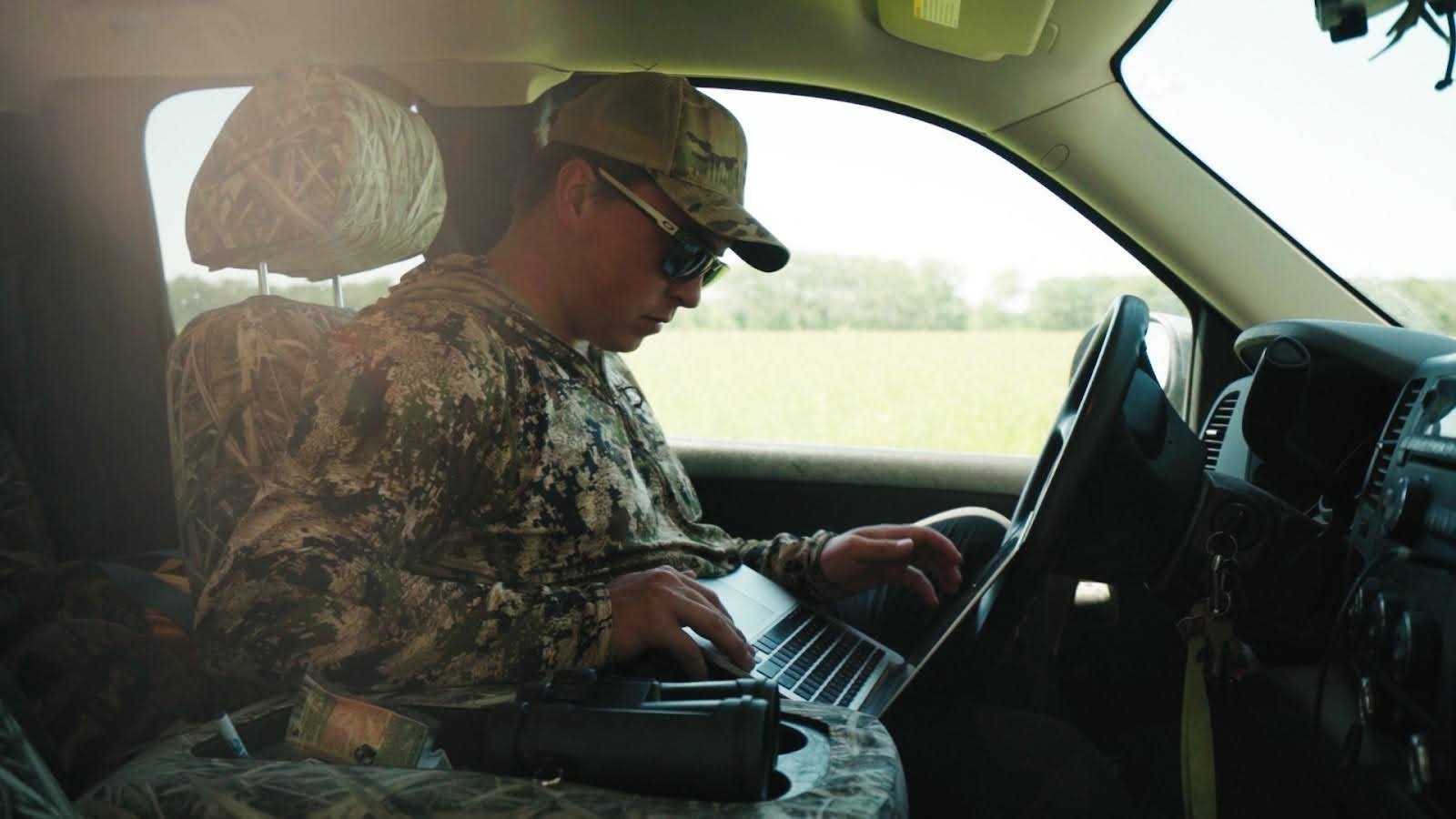
5. Adapting to Seasonal Changes
As summer winds down and velvet sheds in early September, whitetails begin a dramatic behavioural shift leading into their pre-rut phase. With rising testosterone levels, bucks start to become more territorial and establish dominance through rubs and scrapes. The reliable feeding patterns you've monitored all summer can quickly begin to unravel as their focus shifts away from food and more toward movement, exploration, and asserting hierarchy.
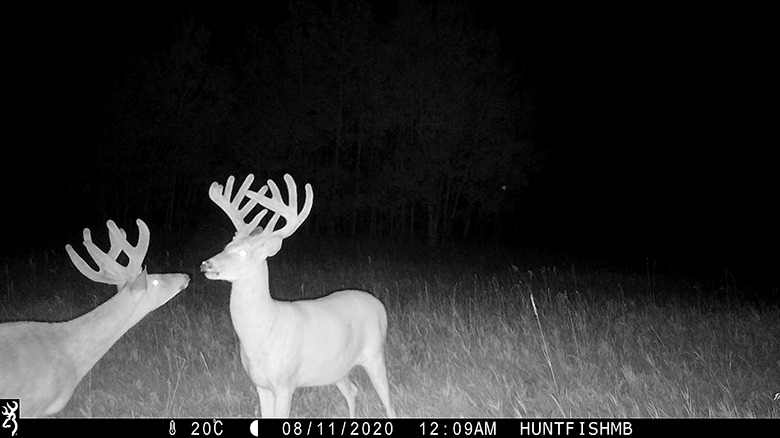
During this transitional period, it’s important to adapt your trail camera strategy. Begin shifting cameras off the primary food sources and start following the well-worn trails that lead deeper into the woods. Bucks will often use these travel corridors more frequently during daylight hours as they check scrapes, mark territory, and monitor nearby does.

Look for signs like fresh rubs on trees or dirt-scraped patches beneath overhanging branches—these are indicators of high buck traffic. Placing trail cameras on these rub and scrape lines not only helps confirm which bucks are in the area, but also provides valuable insight into their timing and travel direction. This can dramatically increase your chances of catching mature bucks moving during legal shooting hours in the weeks leading through late September and October as the rut approaches.

By staying one step ahead and adjusting your setup to follow their behaviour shifts, your scouting efforts will remain relevant and effective deep into the fall season.
Gearing Up for the Season Ahead
Trail cameras are one of the most powerful tools available to whitetail hunters and wildlife watchers alike. Whether you're prepping for opening day or simply trying to better understand the deer that call your area home, proper use of trail cameras can provide you with game-changing information. From understanding summer food source preferences to tracking pre-rut transitions and dialing in your camera placement, the insights you gain now can shape your entire season.
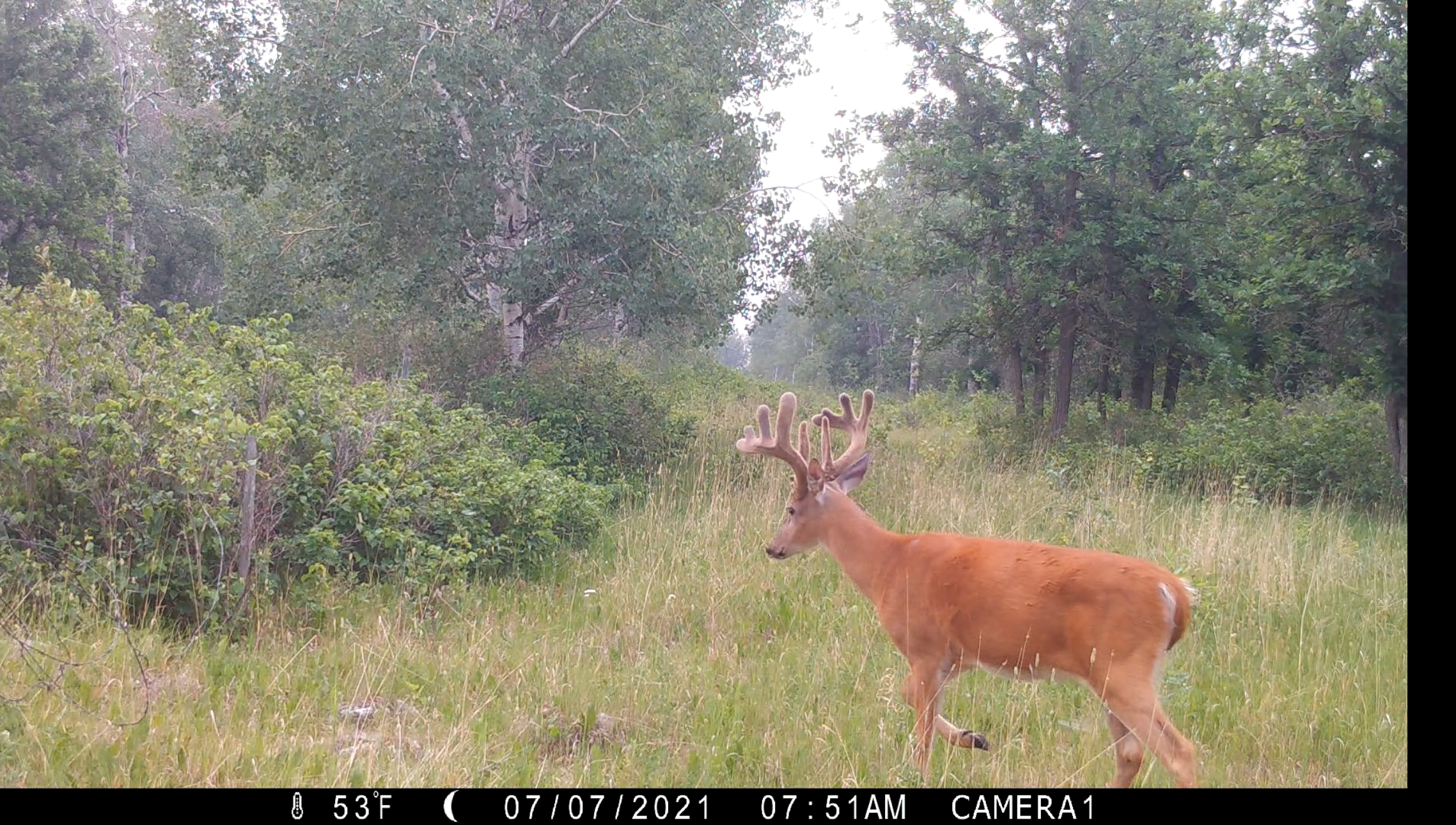
Invest the time now—scout smart, stay low impact, and pay close attention to what your trail cameras are telling you. The more prepared you are in the summer, the better your odds of success will be when that long-awaited moment finally arrives.
